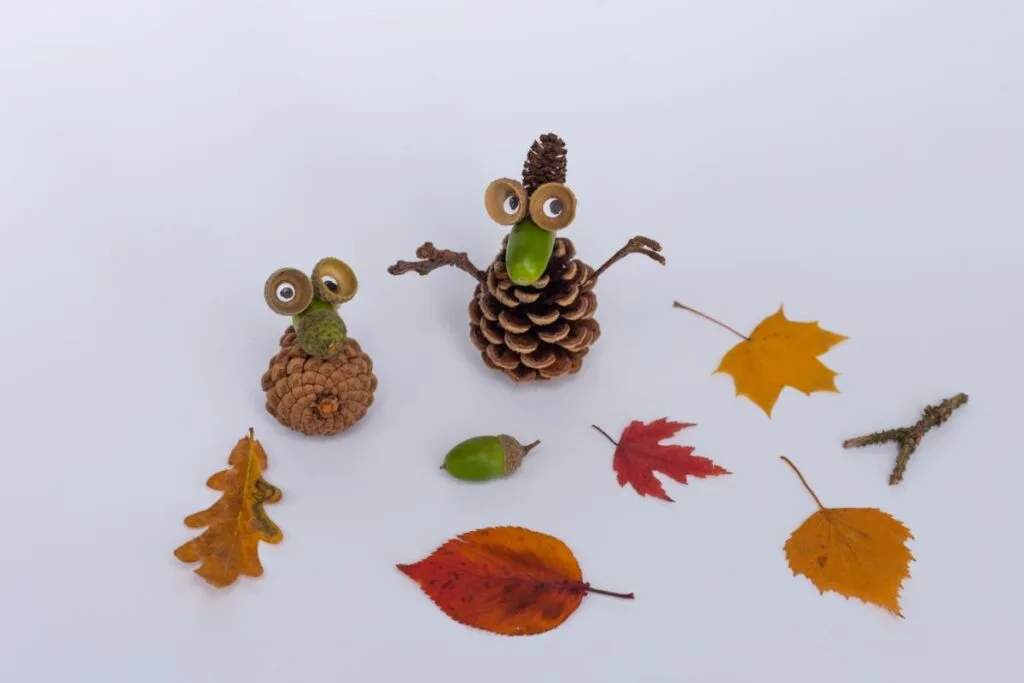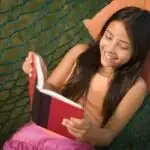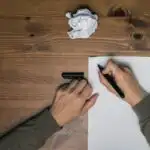Fall is a magical season filled with vibrant colors, crisp air, and endless opportunities for fun and learning with your preschool class.
As the leaves change and the temperature drops, it’s the perfect time to engage your little learners in exciting activities that celebrate the wonders of autumn.

In this article, we’ll share 20 fantastic fall preschool activities that will not only keep your students entertained but also promote their development and creativity.
Whether you’re a teacher or a parent, these activities are designed to be simple, affordable, and, most importantly, loads of fun!
1. Leaf Collage
Take a nature walk to collect colorful leaves, then produce your preschoolers with glue and paper to create beautiful leaf collages.
Supplies: Leaves, paper, glue, markers (optional).
2. Pumpkin Decorating
Let your little ones unleash their creativity by decorating small pumpkins with paint, stickers, and other craft supplies.
Supplies: Small pumpkins, paint, brushes, stickers, glitter, markers, pipe cleaners (* marked supplies are optional).
3. Apple Picking
Visit a local orchard to pick apples together. Discuss apple varieties, colors, and tastes to make it educational.
Supplies: No supplies, but you will need transportation to the orchard. If this isn’t possible, you could try to find a virtual orchard tour online.
4. Apple Printing
Slice apples horizontally to reveal star-shaped patterns, then dip them in the paint for apple-printed artwork.
You could also encourage your kids to draw funny faces, arms, and legs to their prints to make little characters.
Supplies: Apples, paint, paper, markers (optional)
5. Scarecrow Crafting
You can create adorable little scarecrow crafts by using old clothes, hay, and markers for faces. You can talk about the purpose of scarecrows and their history in agriculture whilst you work.
Supplies: Old clothes, hay, markers. If this is too messy, you could instead try designing your scarecrows instead of building them.
6. Pumpkin Investigation
Turn pumpkins into learning tools by exploring their size, shape, color, and seeds through hands-on activities. Prepare your desks because this could get messy!
Supplies: Pumpkins, magnifying glasses, measuring tape, bowls, plastic sheets, aprons.
7. Nature Sensory Bin
Fill a bin with items like pinecones, acorns, and leaves for sensory exploration. Encourage your children to touch, smell, and describe each item.
Supplies: Bins, natural objects.
8. Leaf Rubbings
Place leaves under paper and rub crayons over them to create beautiful leaf rubbings, helping kids discover the intricate details of leaves.
Supplies: Leaves, paper, crayons.
9. Pumpkin Hoops
Using hollowed-out pumpkins as makeshift bins, practice throwing a softball to develop the student’s gross motor skills and coordination.
You can use large pumpkins for easier targets and smaller ones for more difficult targets.
Supplies: Various sizes of pumpkin, and softballs.
10. Harvest Soup
If you have the availability, you can involve the children in making a simple harvest soup with ingredients like carrots, potatoes, and corn.
You can use child-safe chopping utensils to get the kids involved in the preparation of the soup, and you could discuss healthy eating while you cook together.
Supplies: Cooking utensils, vegetables, pots, and stovetop (for adult use only).

11. Fall Scavenger Hunt
Create a fall-themed scavenger hunt with a list of items like acorns, red leaves, and pine needles for kids to find in the outdoors.
Supplies: A prepared scavenger hunt list.
12. Pumpkin Volcano
Combine science and fun by creating a pumpkin volcano using baking soda, vinegar, and orange food coloring. For more fun and more mess, cut eyes or a mouth out of the pumpkin.
Supplies: Small pumpkins, baking soda, vinegar, orange food coloring.
13. Pumpkin Seed Counting
After carving or investigating pumpkins, have the kids count the seeds and sort them into groups to practice their counting and basic math skills.
Supplies: Carved pumpkins, bowls.
14. Fall Storytime
Gather your students around for a cozy fall-themed storytime session with books like “The Little Red Hen” or “The Apple Pie Tree.”
Supplies: Fall-themed storybooks, blankets (optional).
15. Pinecone Bird Feeders
Coat pine cones with peanut butter, then roll them in birdseed to create homemade bird feeders. You hang them outside and observe the visiting birds.
Why not set a challenge for your kids to count or draw the different species of birds that they notice?
Supplies: Pinecones, peanut butter, birdseed, string.
Top tip: This is also a great activity for the spring.
16. Leaf Puppets
Create leaf puppets using construction paper and craft sticks. Encourage kids to put on their fall-themed puppet show.
Use different types of leaves for your kids to copy and recreate with their construction paper, or use templates if that’s easier.
Supplies: Construction paper, craft sticks, markers, leaf templates (optional).
17. Apple Taste Test
Explore different apple varieties and have a taste test to discover the varying flavors and textures of apples.
This can be a great opportunity to practice your describing words and encourage kids to think about identifying differences.
Supplies: Different types of apples.
18. Nature Scavenger Art
This is a great follow-up activity to your scavenger hunt that you might have already completed.
Create collages with the items found during a nature scavenger hunt to fully represent the beauty of fall.
Maybe your kids could create a rainbow or a scene with their items.
Supplies: Items from nature, glue, and paper.
19. Fall Nature Prints
Make nature prints by painting the surface of leaves and pressing them onto paper.
You can discuss the different leaf shapes and patterns, which trees each leaf comes from, and what the different patterns on the leaves are made of.
Supplies: Leaves, paint, paper.
20. Leaf Matching Game
This final activity takes a little more preparation, but it’s worth it for the fun that it leads to. Collect different types of leaves and create a leaf-matching game.
Stick the leaf onto a piece of construction paper, then cover it with clear contact paper to preserve it.
Make sure that you have a few matching pairs for each type of leaf, then play a game of snap with your preschool children. This game promotes memory and cognitive skills.
Supplies: Various leaves, construction paper, clear contact paper, scissors, and markers (optional).
Final Thoughts
Fall is a season of change and transformation, and for preschool children, it will also be their first term in school.
There will be a lot of adjustments to make during this time, but one way that you can make their transition into school easier is by filling their days with fun, creative, and messy activities that will entertain, educate, and engage them.
These activities not only foster their creativity and imagination but also promote learning about nature, science, and the world around us.
Whether you’re exploring the outdoors, getting crafty indoors, or whipping up a delicious harvest soup, these activities are sure to create lasting memories for you and your little learners.
Happy crafting!
Frequently Asked Questions
Are these activities suitable for all preschoolers?
Yes, these activities are designed to be adaptable and can be tailored to suit the needs and abilities of different preschoolers. Always provide appropriate supervision and support as needed.
Do I need a large budget to do these activities?
Most of these activities use readily available and affordable supplies, making them budget-friendly.
However, if you’re completely unable to provide the materials, then you can always get creative with the materials that you already have on hand.
Children don’t need the fanciest craft paper or 1000 different marker colors. They just need your attention and the chance to express themselves while they learn.
Can these activities be done at home with my child?
Absolutely! None of these activities are limited to the classroom and can be enjoyed by your preschool-age children at home or in a playgroup setting.
Children this age are more likely to be successful at school if their education continues at home as well.
How can I incorporate educational elements into these activities?
Many of these activities naturally lend themselves to educational discussions. While engaging in the activities, take the opportunity to talk to your children about the science, math, or cultural concepts related to each topic.
What if I don’t have access to a nearby natural area?
You can still enjoy many of these activities, even if you don’t have access to trees or pumpkins. Get creative, build models of these items with Play-Doh, or see if any of these items can be purchased online or in a garden center if needed.
- Homeschooling In High School: Pros And Cons - February 24, 2024
- How Do I Withdraw My Child From School To Homeschool? - February 23, 2024
- How To Not Go Crazy Homeschooling Kids: A Guide For Frazzled Parents - February 22, 2024









Leave a comment